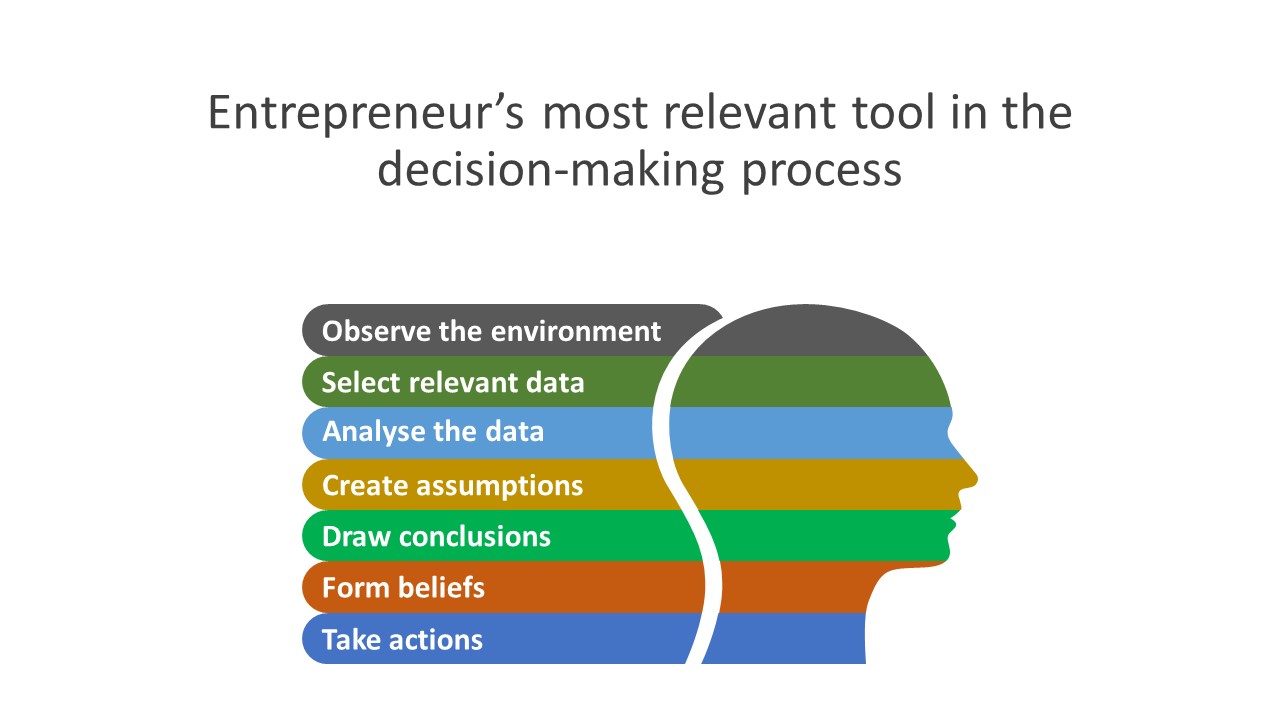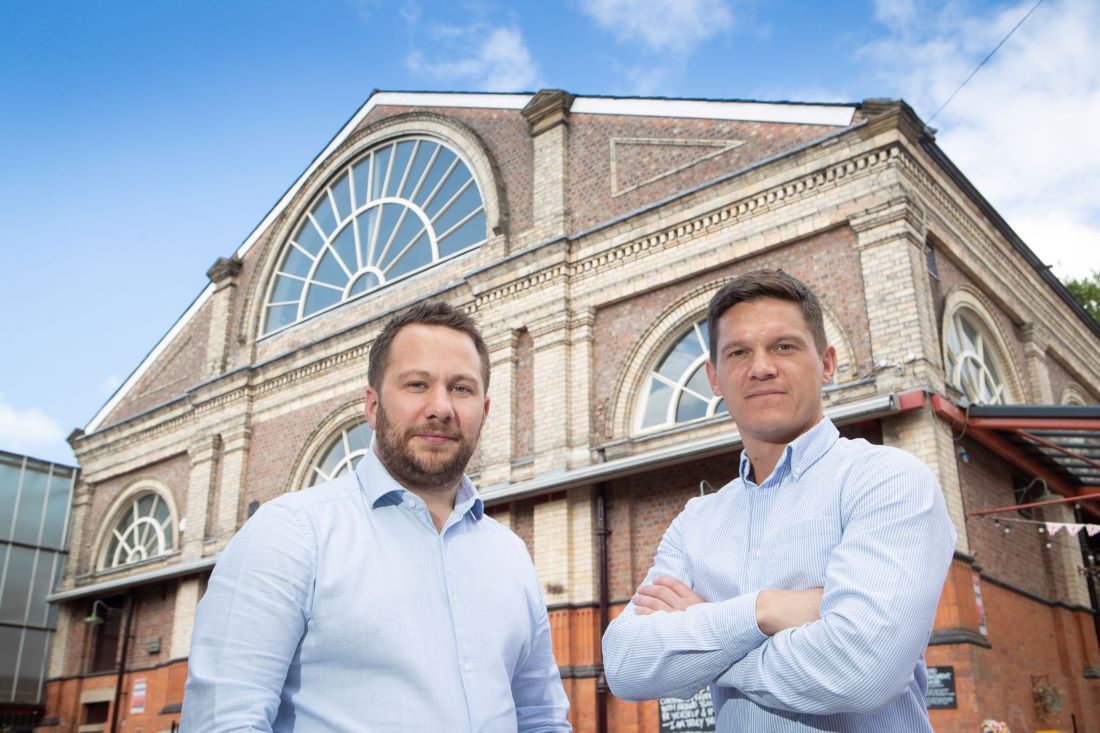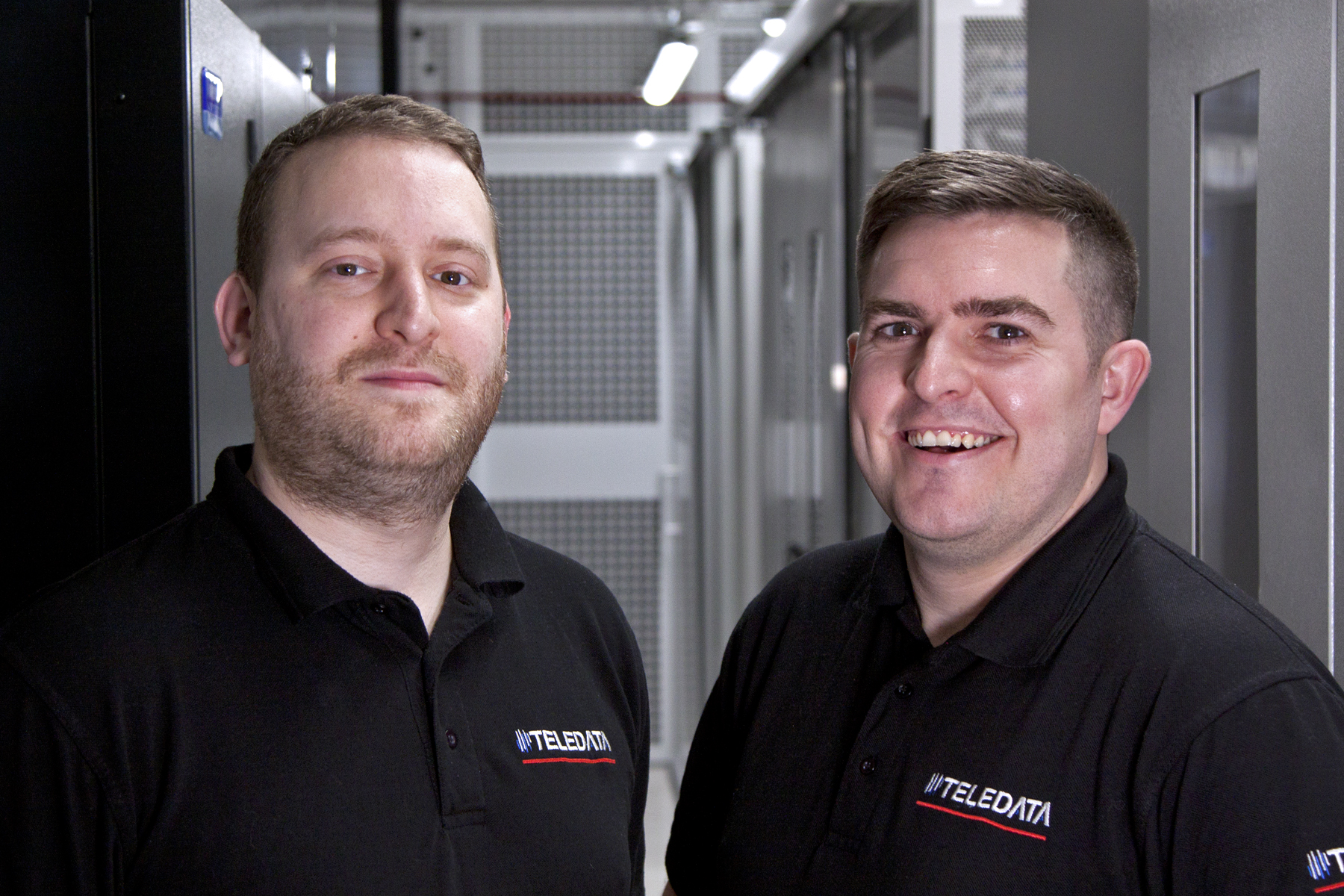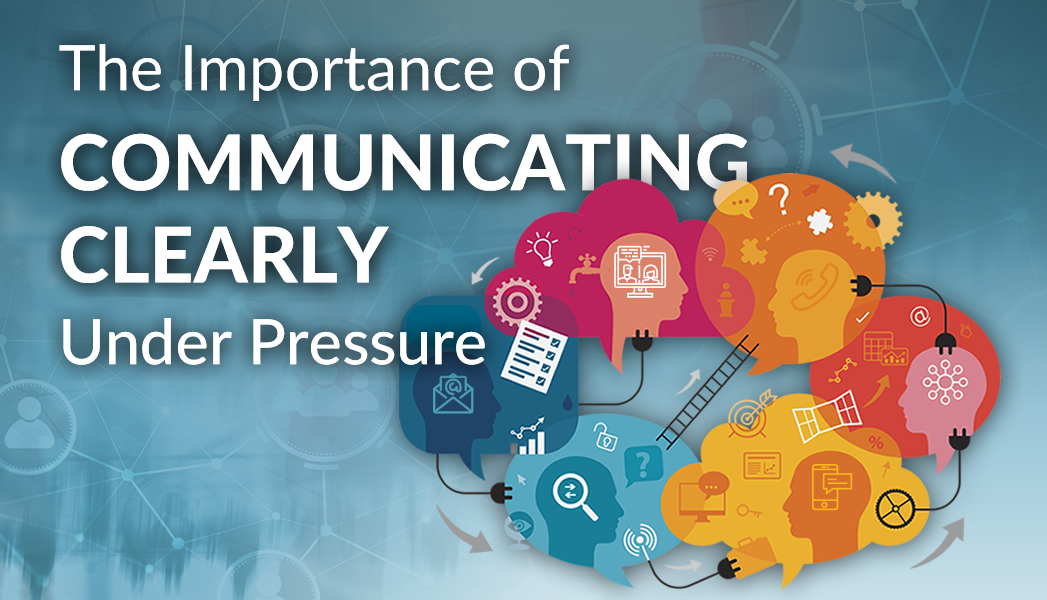
The Ladder of Inference is a powerful model of cognition and action that offers valuable insights into the way our minds work and how we make decisions. Developed by Chris Argyris, a renowned psychologist and organisational theorist, the Ladder of Inference has gained recognition for its applicability in various fields, including business and entrepreneurship. For entrepreneurs and business owners, understanding and incorporating this model into their decision-making processes can be particularly beneficial in distinguishing between successful and unsuccessful businesses.
At its core, the Ladder of Inference helps individuals comprehend the complex process of how their minds process information and move from raw data to making judgments and taking action. It reflects the inherent cognitive biases and mental shortcuts that shape our perceptions and beliefs. The model acts as a framework to navigate complex choices, ensuring that decisions are made based on objective and rational assessments rather than hasty and biased assumptions.
Entrepreneurs often face numerous challenges and uncertainties when making business decisions. These can range from market dynamics and customer preferences to resource allocation and competitive strategies. By adopting the Ladder of Inference, business owners and entrepreneurs can gain a deeper understanding of their own thought processes, enabling them to identify potential pitfalls and cognitive biases that may impact their decision-making.
How does it work?
The Ladder of Inference consists of several steps:
Step 1: Observe the environment.
At the base of the ladder, individuals start by engaging all their senses to continuously scan and comprehend the world around them. This step involves being attentive to the information available in the external environment.
Step 2: Select relevant data.
As people observe the environment, their brains naturally discern what is real and relevant from what is not. They rely on their understanding of the environment and their preexisting beliefs shaped by past experiences to determine what information is significant.
Step 3: Analyse data.
Once relevant data is selected, individuals attribute meaning and value to that information. They delve deeper into interpreting and understanding the data to make sense of it in the context of the situation.
Step 4: Create assumptions.
Based on their interpretation of the situation, individuals form assumptions to establish the reality represented by the information they have gathered. These assumptions fill in any gaps in the available information and shape their understanding of the situation.
Step 5: Draw conclusions.
In this step, individuals summarise and structure all the collected information and evidence to arrive at a conclusion. They define their understanding of the situation based on the data, analysis, and assumptions made earlier in the process.
Step 6: Form beliefs.
At this stage, individuals must be mindful of cognitive biases that can influence their thinking. They align their existing beliefs with the facts and conclusions, but this alignment can also lead to subjective interpretations if not critically examined.
Step 7: Take action.
Finally, individuals take action based on their beliefs. The actions they take shape the situation and create new circumstances, which will, in turn, affect the environment they observe in the future. As observing the environment is a continuous process, this cycle repeats, prompting individuals to scan the environment anew and update their understanding accordingly.
By understanding and utilising the Ladder of Inference as a model in the decision process, individuals enhance their strategic thinking abilities and make more informed decisions.
This model encourages a mindful and deliberate approach to interpreting information, reducing the influence of biases and improving overall business outcomes. It enables entrepreneurs and business owners to make better choices in the complex and ever-changing business landscape, ultimately leading to greater success.
By following these steps, individuals can become more aware of their thought processes and avoid jumping to conclusions based on incomplete or biased information.
They can also become better at identifying and challenging their assumptions, leading to more well-rounded and accurate decision-making.
Ultimately, the Ladder of Inference is a valuable tool for fostering critical thinking and sound judgment, enabling individuals to navigate critical choices and challenges more effectively.






